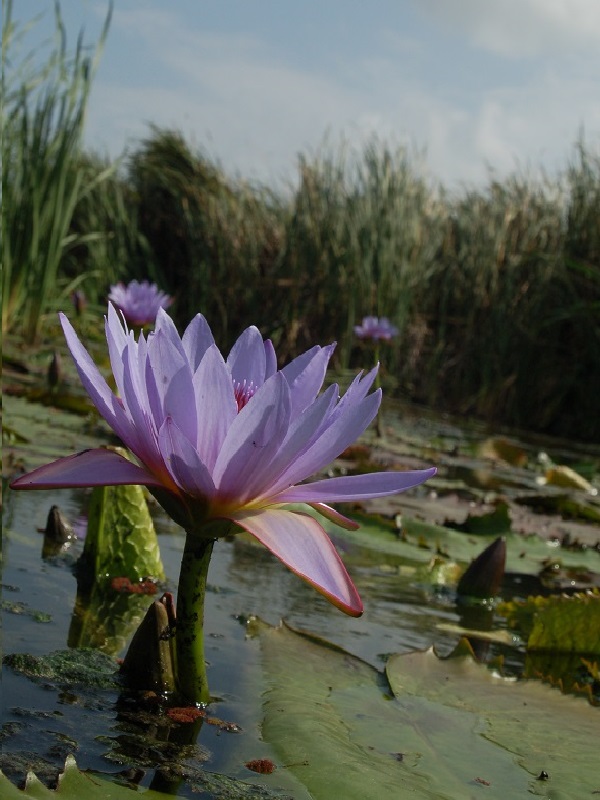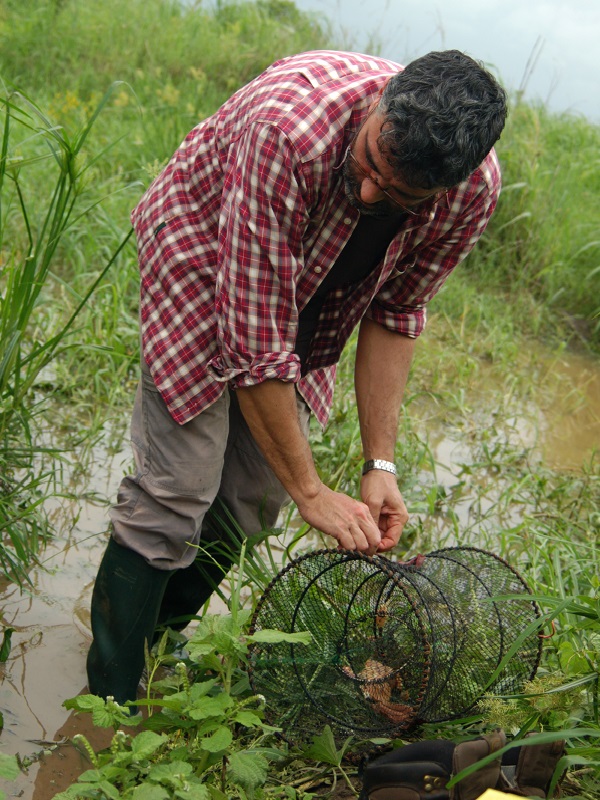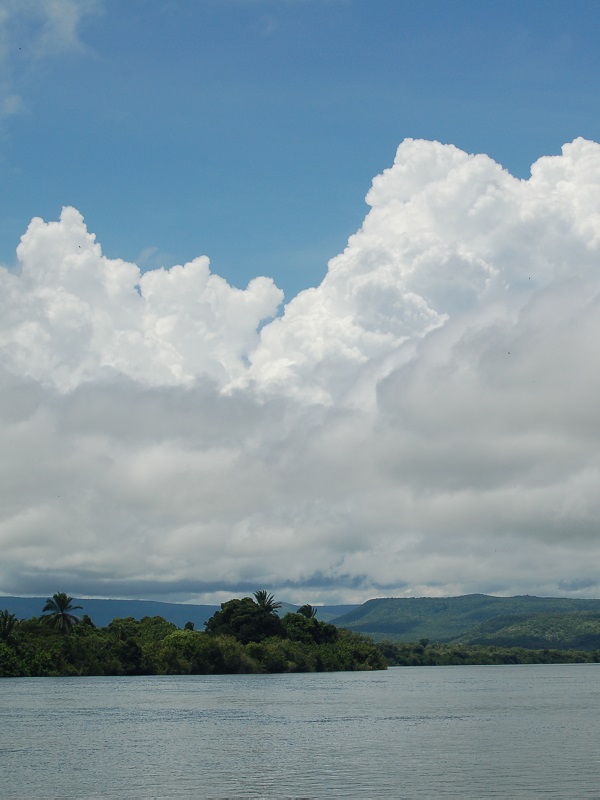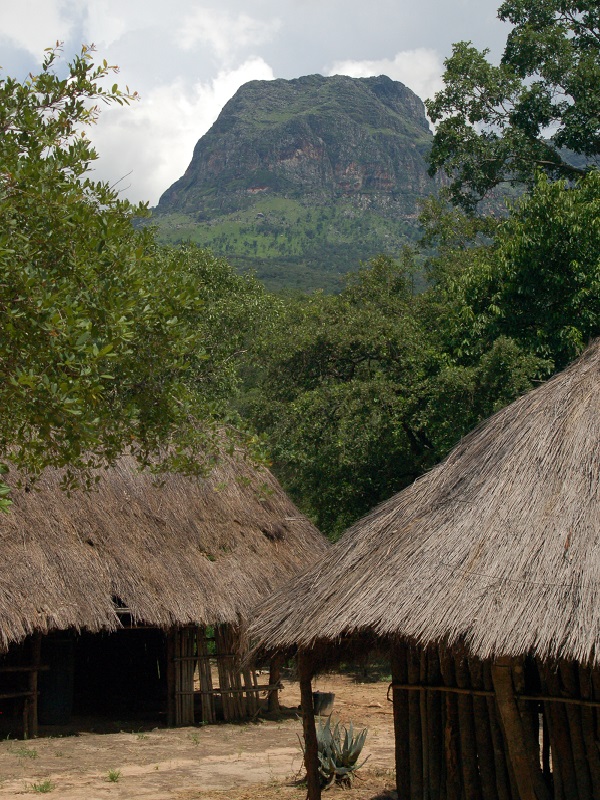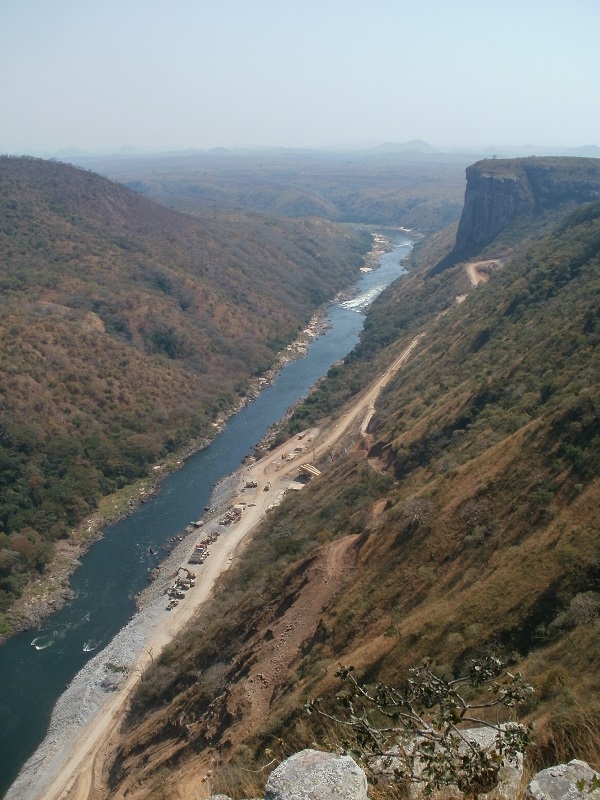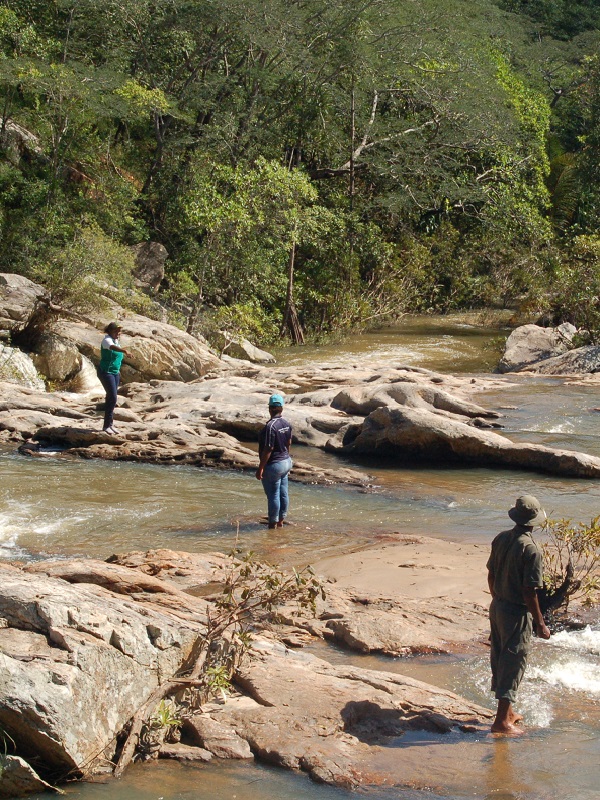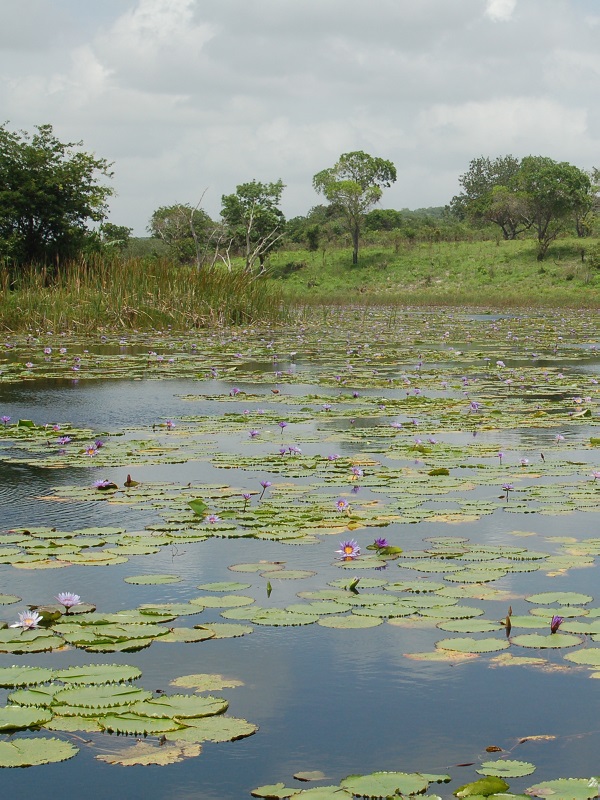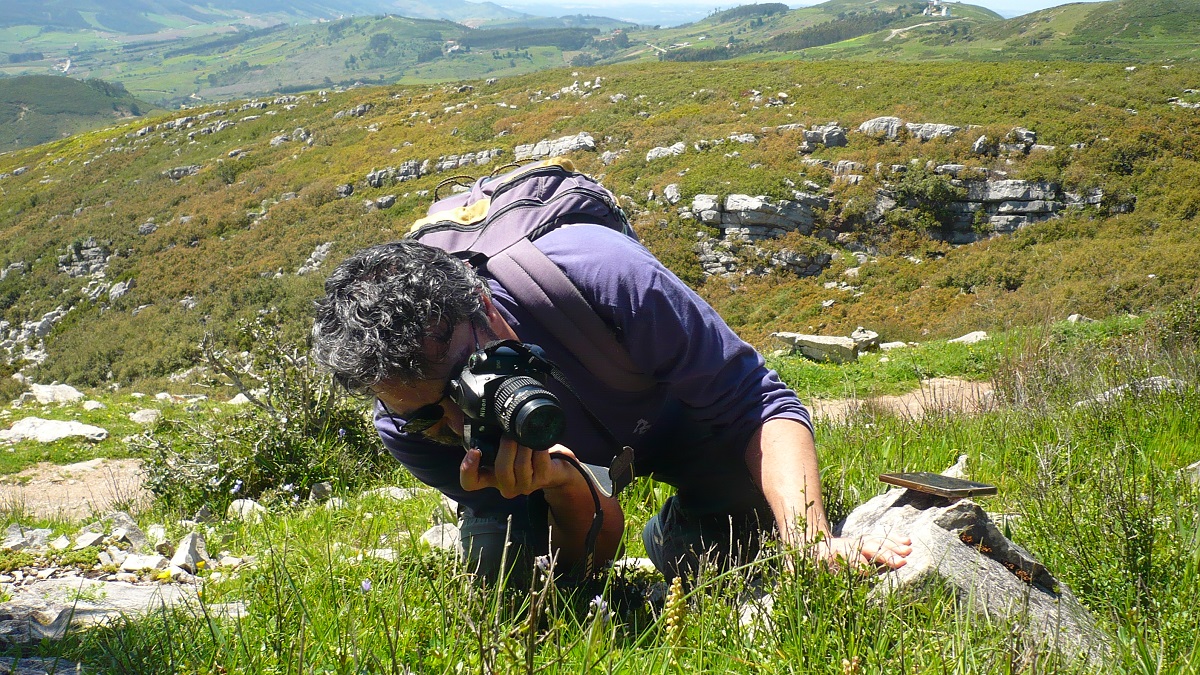
Luis da Costa
Freshwater Ecologist & Ichthyologist Consultant with expertise in southern Africa
Ichthyofauna surveys (field trips in Africa – Angola, Mozambique, Namibia, Botswana, Zambia, and South Africa – and Europe – Portugal, Italy, and Belgium), biological and biodiversity assessment projects.
EIAs and Biological Assessment on HydroPower Plants, Tourist Resorts, and Agriculture Irrigation Projects.
About Me
Ichthyologist consultant Systematics & Taxonomy of freshwater fish Environmental Impact Assessments
Key areas of expertise on Systematics & Taxonomy of freshwater fish include ichthyofauna surveys (field trips during several projects in Africa – Angola, Mozambique, Namibia, Botswana, Zambia, and South Africa – and Europe – Portugal, Italy, and Belgium), biological monitoring, Impact and Biological Assessments (Hydroelectric power plants, Tourist Resorts, and Agriculture Irrigation Projects), conservation and biodiversity assessment projects.
Excellent expertise with electro-fishing technique.
Large experience in collecting (with traps, gill-nets, seine-nets, hand-nets, cast-nets), photographing, preserving fish specimens according Museum protocols, and cataloguing all data of the fish specimens in database (Specify software).
Large experience on morphological (traditional and geometric) and molecular techniques to study freshwater fish species.
Other qualifications include experience in Environmental Impact Assessments and Environmental Impact Studies of hydroelectric plants (dams and power stations), agricultural irrigation areas, tourism developments and recreational areas.
Good knowledge of the Environmental Resource Management and Biodiversity Resource Management.
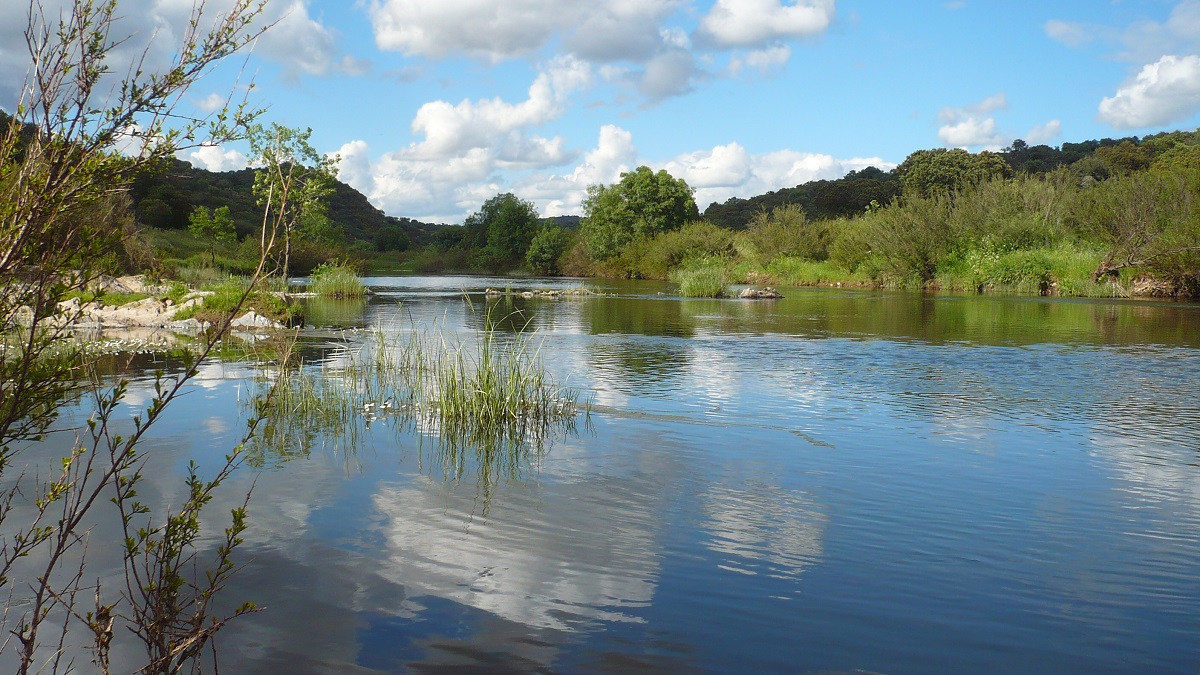
Projects
Research
Taxonomy & Systematics, phylogeography, and historical biogeography of southern African freshwater fish species and aquatic biodiversity for conservation purposes.
Consultancy
Ichthyofauna surveys, biological and biodiversity assessment projects, Environmental Impact Assessments and Biological Assessments.
Citizen Science
Collaborator as fish and birds expert for Biodiversity4All; Curator for Global Freshwater Fish BioBlitz and iNaturalist. Collaborating during Cities’ BioBlitz.
Mpulungu, Zambia
Epupa Falls, Namibia
N.P. Baninhe, Mozambique
Capanda, Angola
Quissama, Angola
Palma, Mozambique
Onshore Environmental Baseline in Area 4 (dry and wet seasons), Development Projects and their Areas of Influence, Palma District (Mozambique) More…
Laúca, Angola
Nairobi, Kenya
Okavango, Botswana
Mira River, Odemira
More…
Algibre River, Loulé
More…
Lima River, Touvedo Dam
More…
Guadiana River, Alqueva Reservoir
More…
Sabugal, Castelo Branco
More…
Chimanimani freshwater fish
“Inventory of the ichthyofauna from the Chimanimani National Reserve (Mozambique)” [Contributo ao Inventário da ictiofauna da Reserva Nacional de Chimanimani] funded by the Critical Ecosystem Partnership Fund
(CEPF; S16-370-MOZ MHN)
Conducting a fish survey during two campaigns in the Chimanimani National Reserve to better understand which fish species are present in the area, update the status of some already known species (e.g. Enteromius) and ultimately, enable a better management of these species in the reserve by disseminating the project results among local stakeholders and the scientific community.

